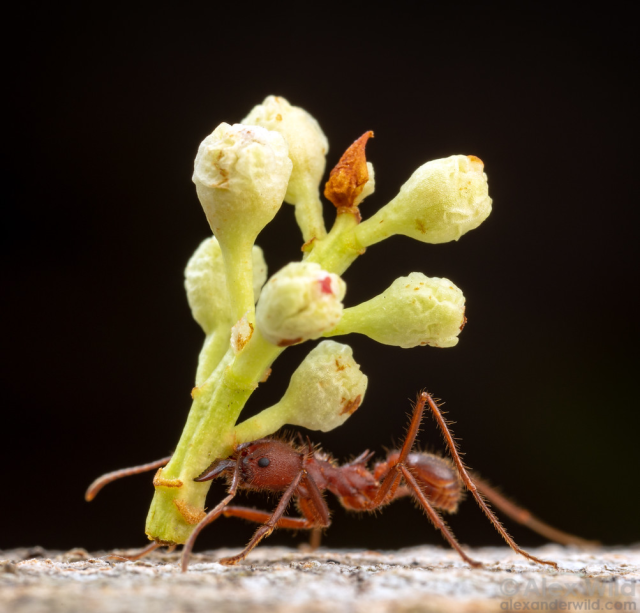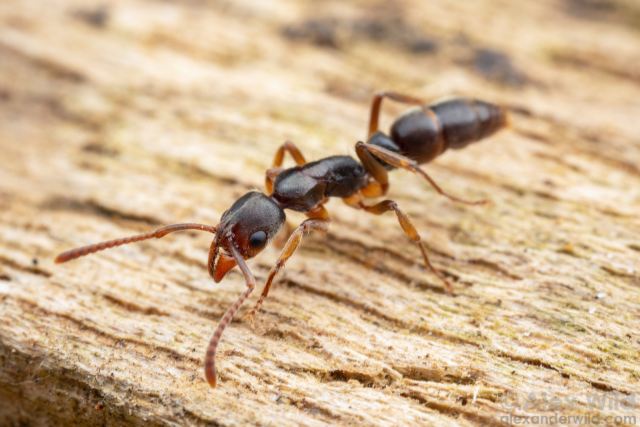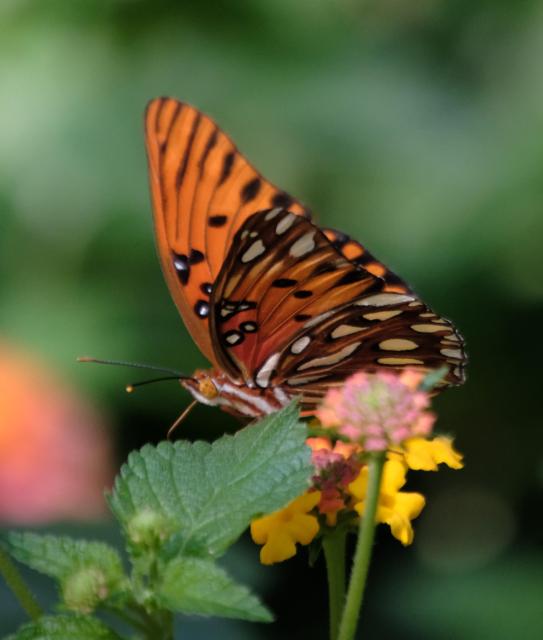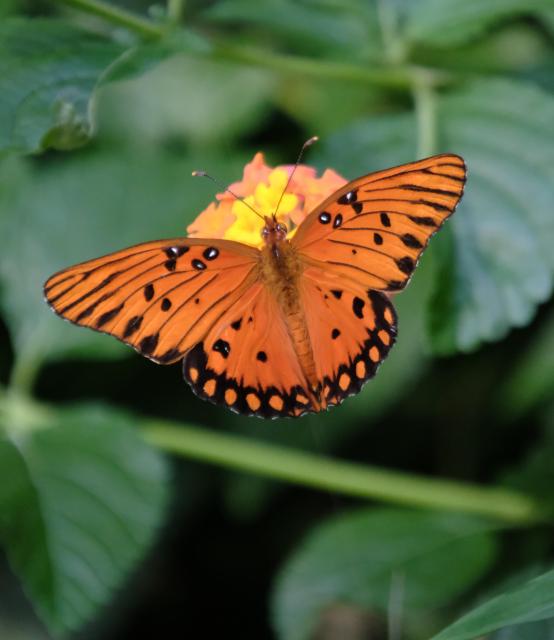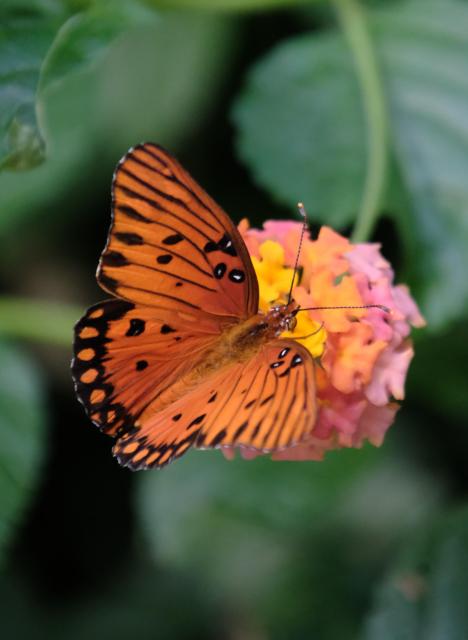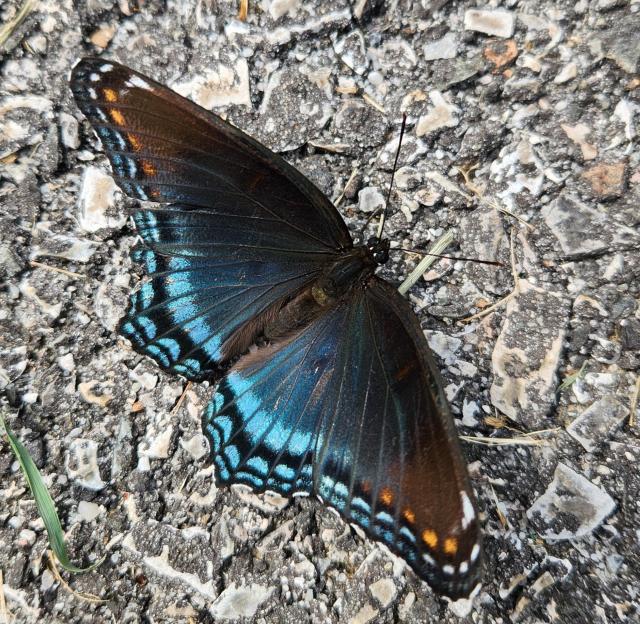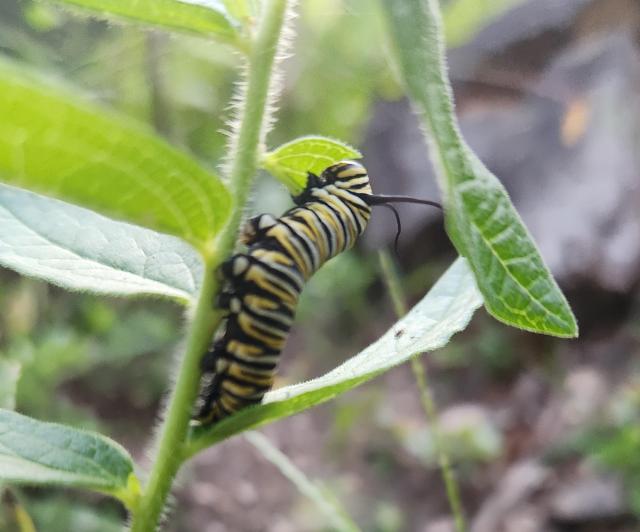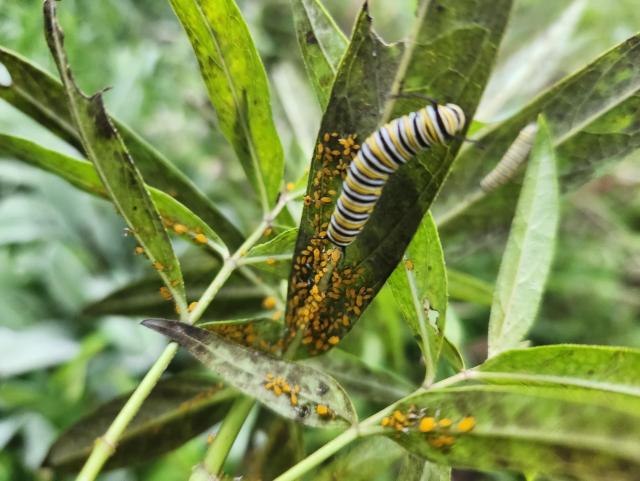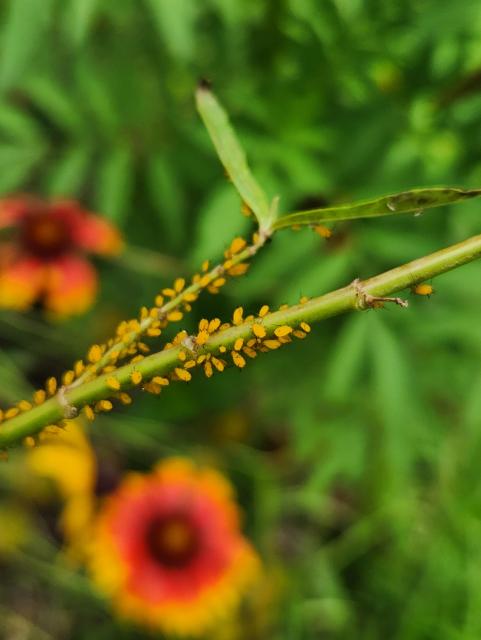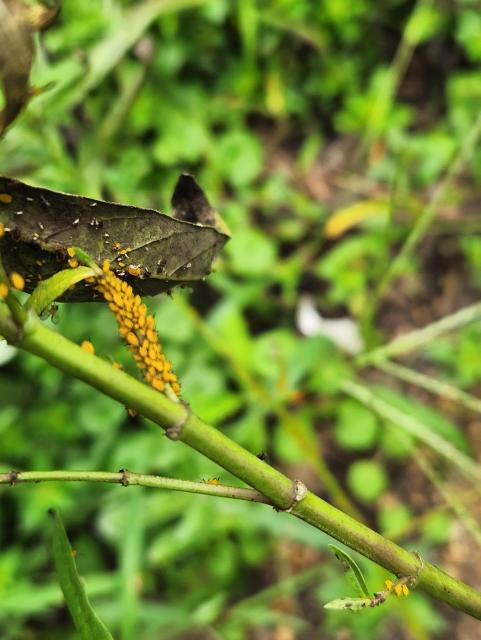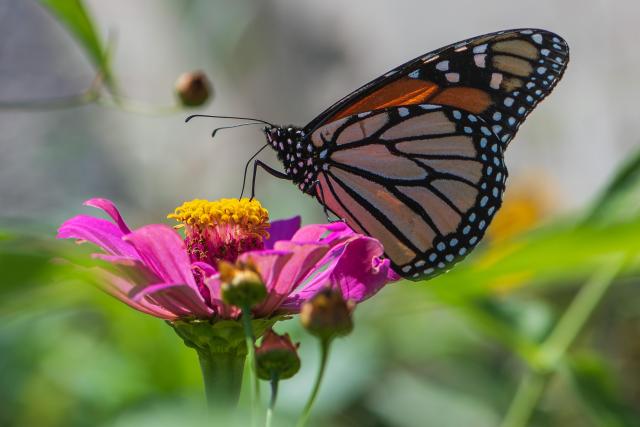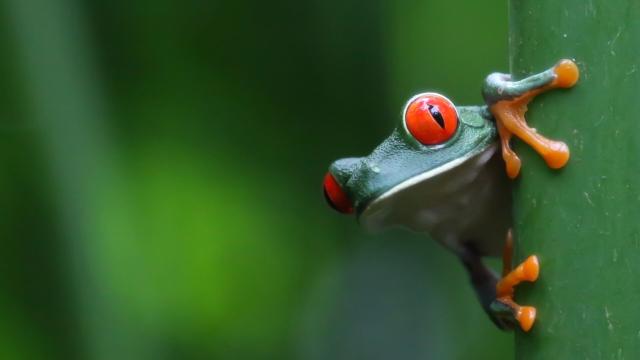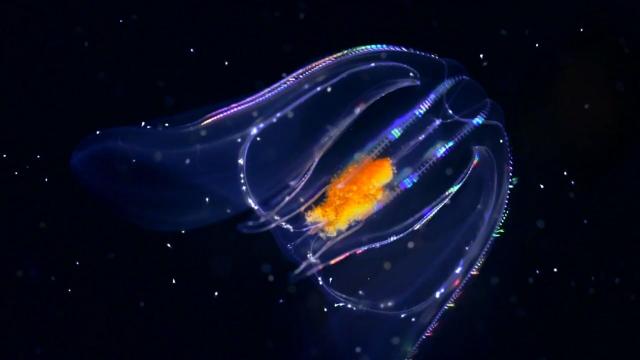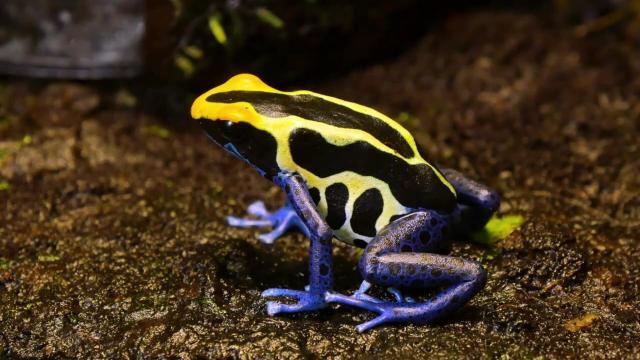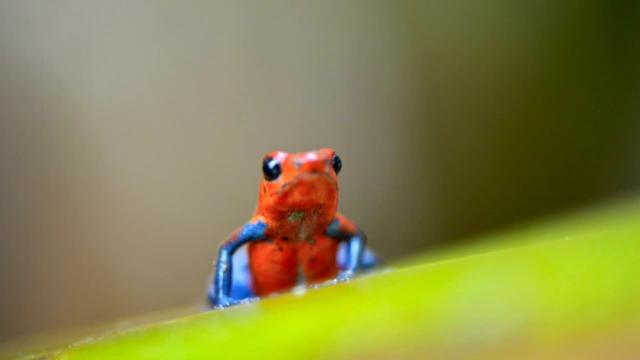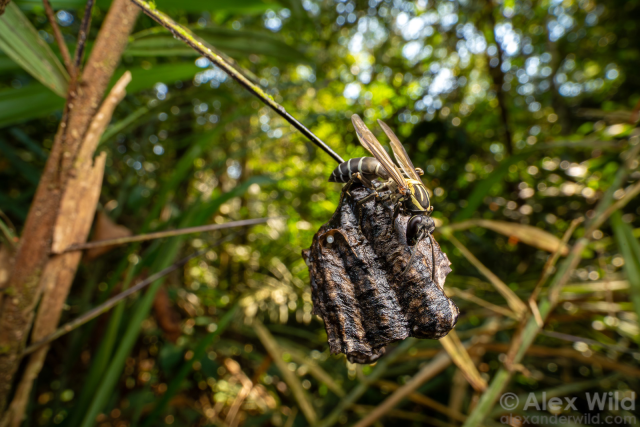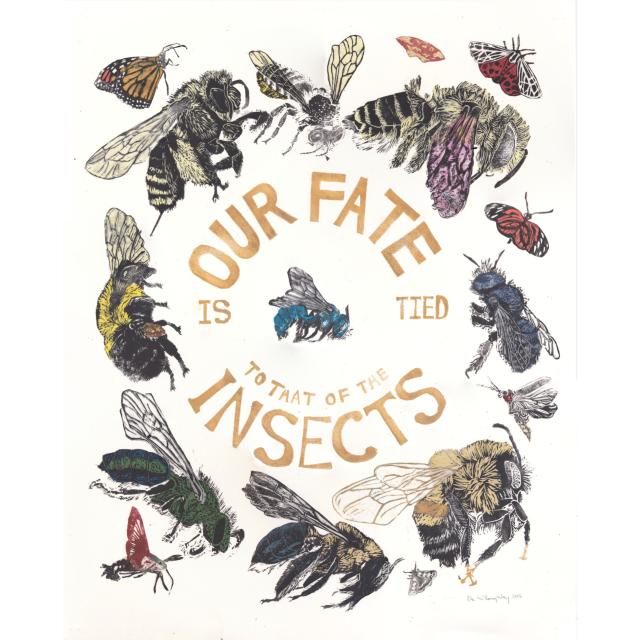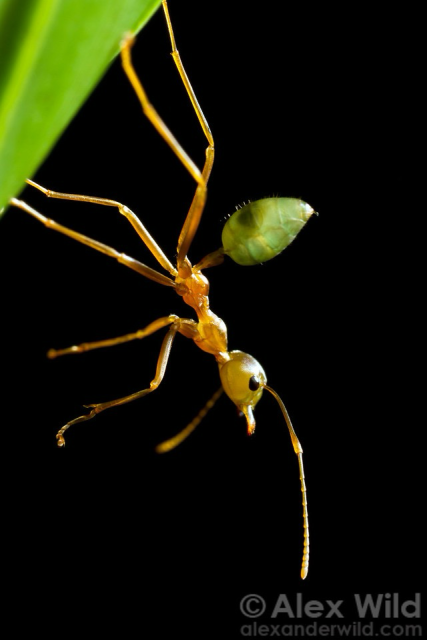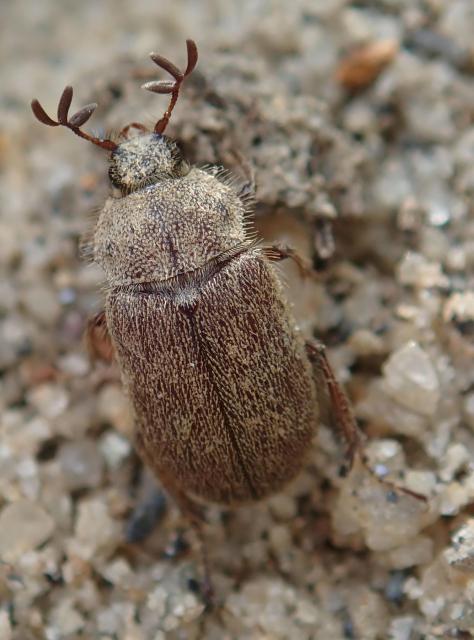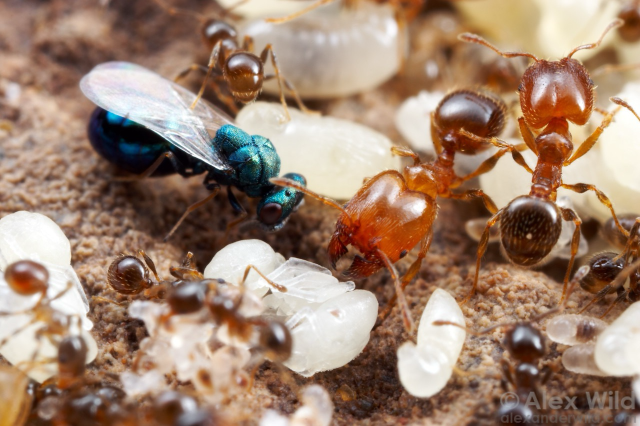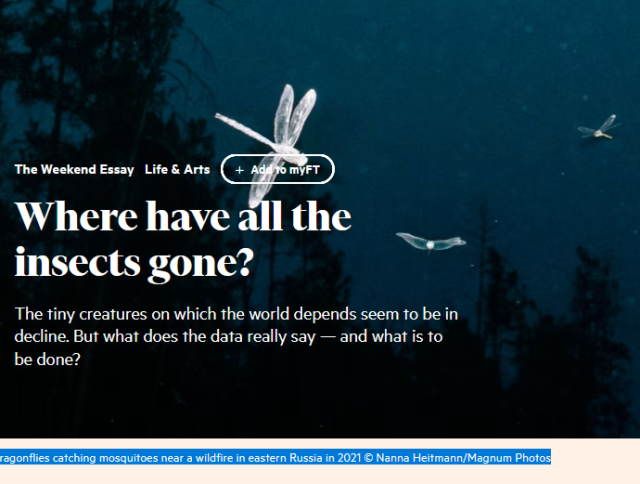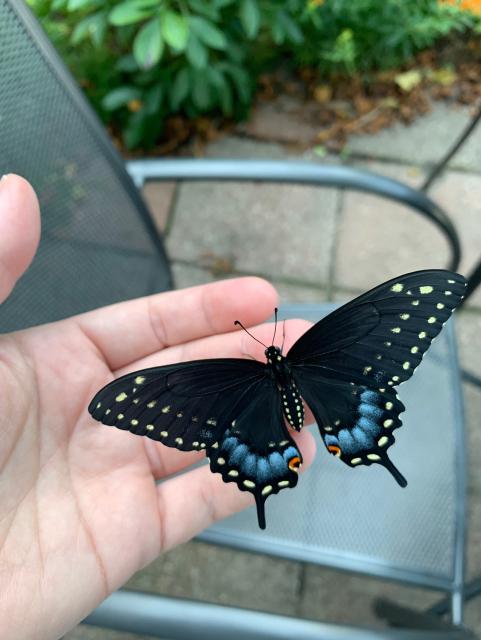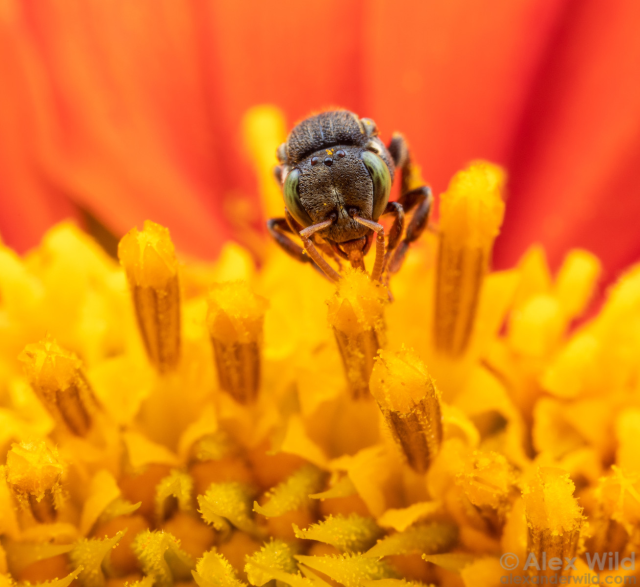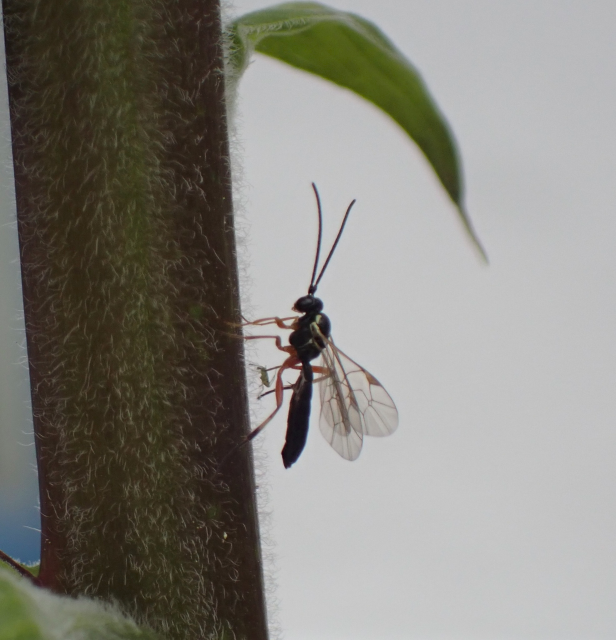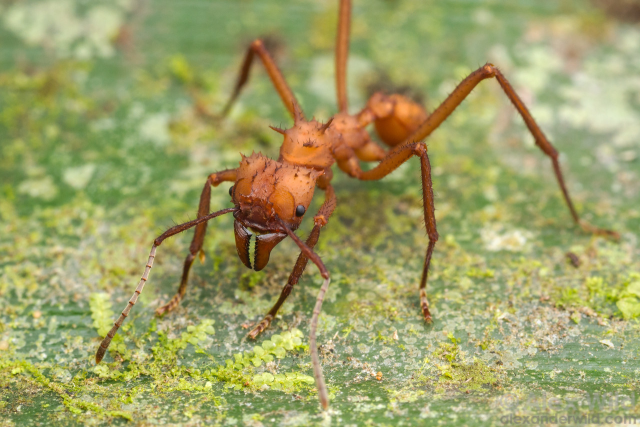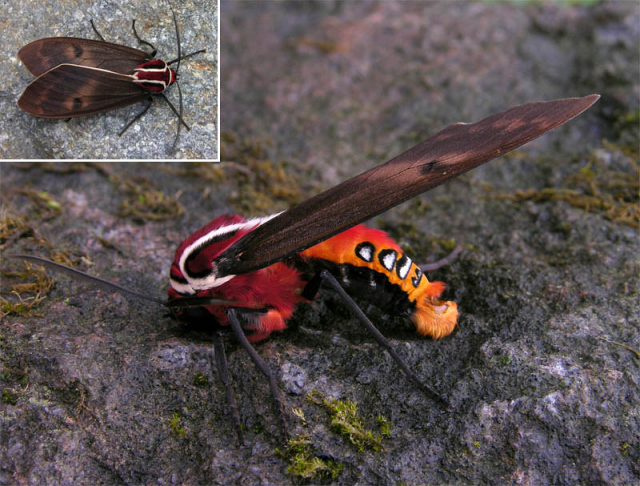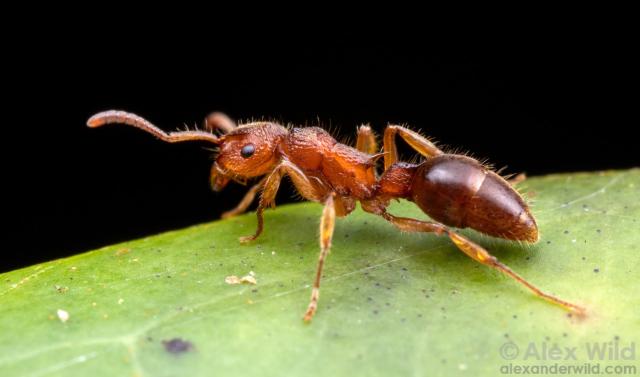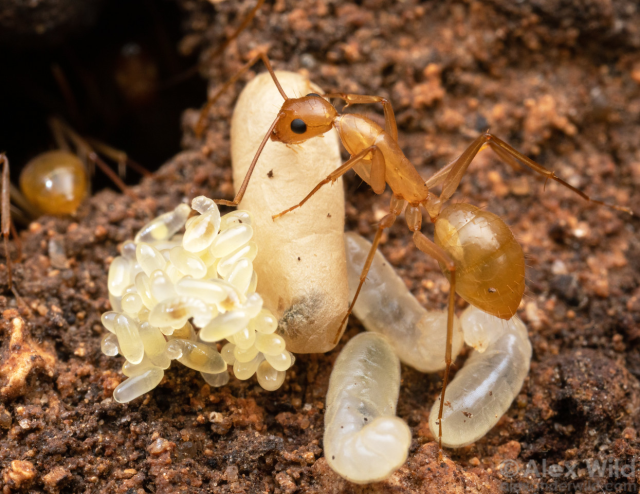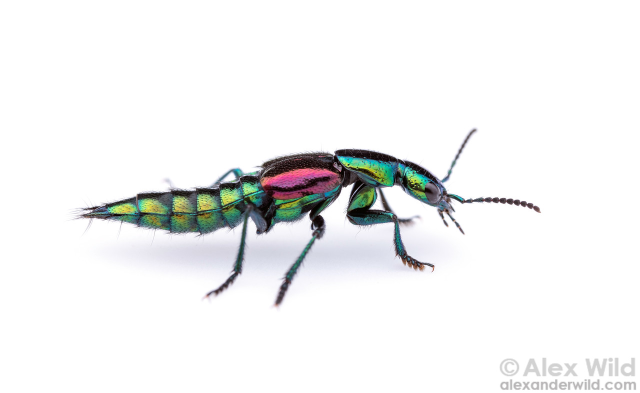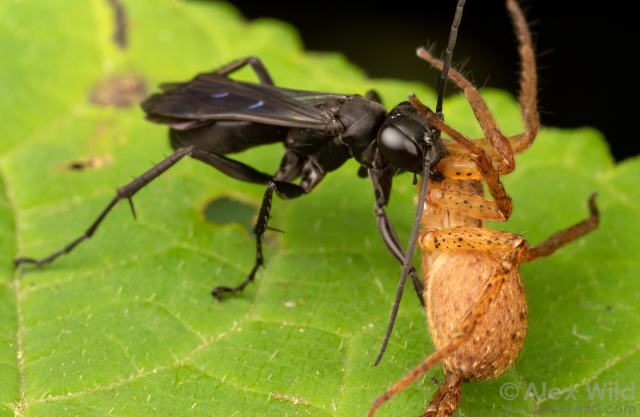Search
Items tagged with: insects
A Texas leafcutter ant, Atta texana, hauls spring Prunus buds along a tree branch on her way back to the nest.
#Ants #Insects #Atta #nature #leafcutterants
Amphibians Glow in Ways People Can’t See
Many animals have a colourful, yet largely hidden, trait. Marine creatures like #fish and corals can glow blue, green or red under certain types of light. So can land animals like penguins and #par…Palm Oil Detectives
Insect decline in the Anthropocene: Death by a thousand cuts
#Insects 🪰🦋🪳🪲🐞🐛💌😻🌿 are the incredible engine room of the planet ensuring ecosystems work. They’re under siege by human-caused #climatechange #deforestation #pollution. Report via @PNASnews. #…Palm Oil Detectives
"Scientists have discovered prehistoric insects preserved in amber for the first time in South America, providing a fresh glimpse into life on Earth at a time when flowering plants were just beginning to diversify and spread around the world."
@AssociatedPress reports: flip.it/PZgHMh
#butterflies #insects
This monarch, a skipper, & some bumblebees were enjoying the zinnias Thursday. Seen monarchs around the garden nearly every day now. They seem to especially like the zinnias, the most abundant large flower in the garden right now.
#StormHour #butterflies #insects #nature #Photography #AltText
Amphibians Glow in Ways People Can’t See
Many animals have a colourful, yet largely hidden, trait. Marine creatures like #fish and corals can glow blue, green or red under certain types of light. So can land animals like penguins and #par…Palm Oil Detectives
I never worked up this 2016 photo from the Peruvian Amazon because I was running into trouble identifying the wasp, in spite of its distinct markings.
But taxonomic resources are more accessible a decade on, and I'm happy to announce that she's the rarely photographed Polistes torresae.
Pollinator Week is a great time to share this print, which expresses the central theme of my work about the Future of Pollination for Manufactured Ecosystems. Our food sources & ecosystems around us are dependent on pollinators (mostly bees & other insects, some birds & mammals) but insects populations have lost huge numbers and many species altogether.🧵
#PollinatorWeek #nativeBees #entomology #ecology #sciart #insects #butterflies #beetles #moths #printmaking #linocut #ManufacturedEcosystems
DYK not only #fish or #insects glow 🐟🐠🐛🦋? #Research has found that amphibians glow as well - even if it's not visible to human eyes 🌈🌟🎇 Protect #amphibians and #reptiles every time you shop and #Boycottpalmoil #Boycott4Wildlife
An Oecophylla smaragdina weaver ant hangs from the bottom of her nest, alert to any photographers that might try anything brash.
Cape Tribulation, Queensland, Australia.
#insects #phanaeus #dungbeetles .
I would never have seen this fellow if he hadn't moved. He's tiny and the color of the sand in this creekside sandbar.
One fully-funded PhD position on mosquito behaviour available at the Insect Neuro Lab in Durham University, with Olena Riabinina @lena_r , plus a second one that depends on securing a fellowship.
insectneurolab.com/vacancies/
oh shit it's #WeevilWednesday
BEHOLD: this majestic _Poteriophorus imperatrix_ observed in the Philippines by Claude Chavand: inaturalist.org/observations/3… 
 " title="
" title="![]() "/>
"/> 
#iNaturalist #bugstodon #insects #beetles #weevils • #Coleoptera #Curculionidae #Dryophthorinae
Poteriophorus imperatrix observed by Claude Chavand
Poteriophorus imperatrix from San Jose, Padilla, Antipolo, Rizal, Philippines on April 13, 2019 at 10:05 AM by Claude Chavand. This big weevil (around 30mm long without rostrum) was found walking on stones on a river bank cl...iNaturalist
Turns out ecologists and entomologists around the world have been warning about declining insect numbers for years. The culprits are climate change, habitat loss, light pollution, intensive farming, pesticide and fertiliser use. But it’s a struggle to get people to act.
It’s not just about bees and butterflies, the poster children of the pollinator world. Other, less photogenic pollinators such as hoverflies, moths, wasps, soldier beetles and earwigs are also showing declines. Several of these species don’t just pollinate. They also eat the pest insects that ruin crops.
Already, in the apple and pear orchards of south-west China, depleted populations of pollinators have forced farmers to hand-pollinate their trees, carrying pots of pollen and paintbrushes with which to individually pollinate every flower. If it sounds labour-intensive and time-consuming, that’s because it is.
#green #ukpolitics #uspol #ukpol #climate #environment #insects #agriculture #farming
The amazing value of the eLife Assessment, demonstrated:
"The fascinating role of neuropeptide Bursicon and its receptor in shaping insect seasonal polyphenism", by Zhang et al. 2024
elifesciences.org/reviewed-pre…
"This *important* study shows that low temperature activates the bursicon signaling pathway during the transition from the summer to the winter form and that it affects cuticle pigment and chitin content, and cuticle thickness."
"The study's *solid* set of experiments and results reveal a role of bursicon signaling in regulating features of polyphenism related to the exoskeleton. Nevertheless, they only *incompletely* substantiate the authors' claims about the regulation of polyphenism itself."
In which other journal would a reader get such a valuable reviewer comment like this, right away? Only at @eLife ! ELife's Assessment for the win.
I'm back from a week along Colombia's Caribbean coast! It wasn't a photography trip per se but I did manage a few sessions, and I'll be posting buggy highlights over the next weeks.
Here's a teaser, a little stingless bee pollinating Mexican sunflower:
#NativeBees #Bees #Insects #Color
Surprise observation this afternoon: Homotropus sp. An ichneumonid wasp, about 5-6 mm long.
There are only 8 observations world wide.
inaturalist.org/observations/2…
#iNaturalist #Hymenoptera #entomology #insects #wasplove
Genus Homotropus observed by Albert Cardona
Homotropus in May 2024 by Albert Cardona. Sitting on top of an aphid.iNaturalist
hey you! Leave me alone!
Ladybug on a rosemary leaf.
Edited with #darktable
This work is licensed under CC BY-NC-SA 4.0
#photography #naturephotography #macrophotography
#insects
#ladybug
#rosemary
An Acromyrmex octospinosus leafcutter ant, photographed at the famous La Selva biological station in the lowland rainforests of Costa Rica.
#Ants #Acromyrmex #Insects #Spines
The Venezuelan poodle moth is a beautiful animal. There was an article back in 2012 in #TheAtlantic theatlantic.com/culture/archiv… that traced the story and found out that it was real and not an internet fake.
The source of the photo for the Venezuelan poodle moth: flickr.com/photos/artour_a/420…
That album by Arthur Anker contains many more photos of extraordinary neotropical moths flickr.com/photos/artour_a/alb… plus a few other insects.
The photos are simply out of this world. Here are a couple of my favourites:
Amastus epicostosia - aposematic tiger moth flickr.com/photos/artour_a/257…
"Bolognese caterpillar" of a moth (Megalopyge sp.) from Ecuador flickr.com/photos/artour_a/504…
Photos by Arthur Anker.
#moths #Lepidoptera #insects #entomology #PoodleMoth #ArthurAnker #caterpillar
"Bolognese caterpillar" of a moth (Megalopyge sp) from Ecuador
a caterpillar of a megalopygid moth, Megalopyge spFlickr
The enigmatic Acanthoponera minor, an ant that is occasionally seen patrolling the low vegatation of wet neotropical forests, about which little is known. I photographed this one in Ecuador.
The life cycle of an ant (Camponotus festinatus) laid out in a single photograph: eggs, larvae of various ages, a silk-covered pupa, and an adult worker. At #UTAustin's Brackenridge Field Laboratory, in Texas.
Entomology never fails to surprise. We found this metallic Phanolinus rove beetle in an Ecuadorian cloud forest.
An Anoplius blue/black spider wasp carries away a spider she has paralyzed. Tennessee.
New study in Ecology Letters shows how moths are crucial yet underappreciated nocturnal pollinators; check out short summary at popsci.com:
popsci.com/environment/moth-po…
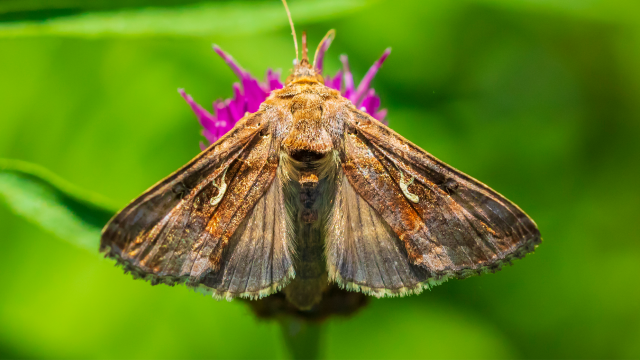
Moths need protections too, just like bees | Popular Science
Better understanding how crucial moths are to pollinating plants has implications for urban planning, policy, and wildlife.Laura Baisas (Popular Science)
